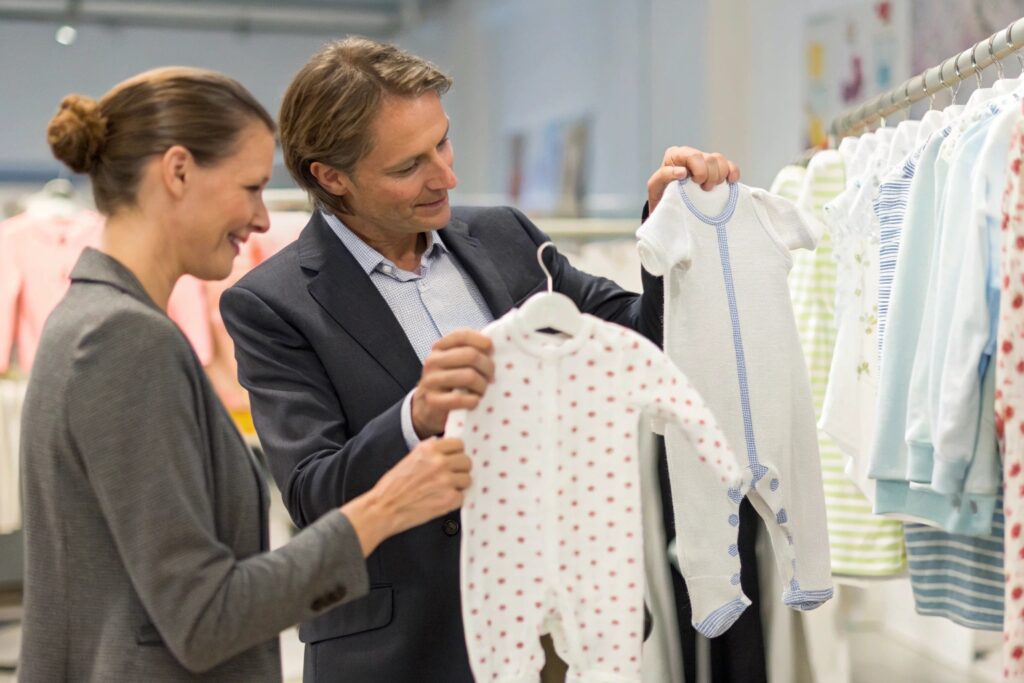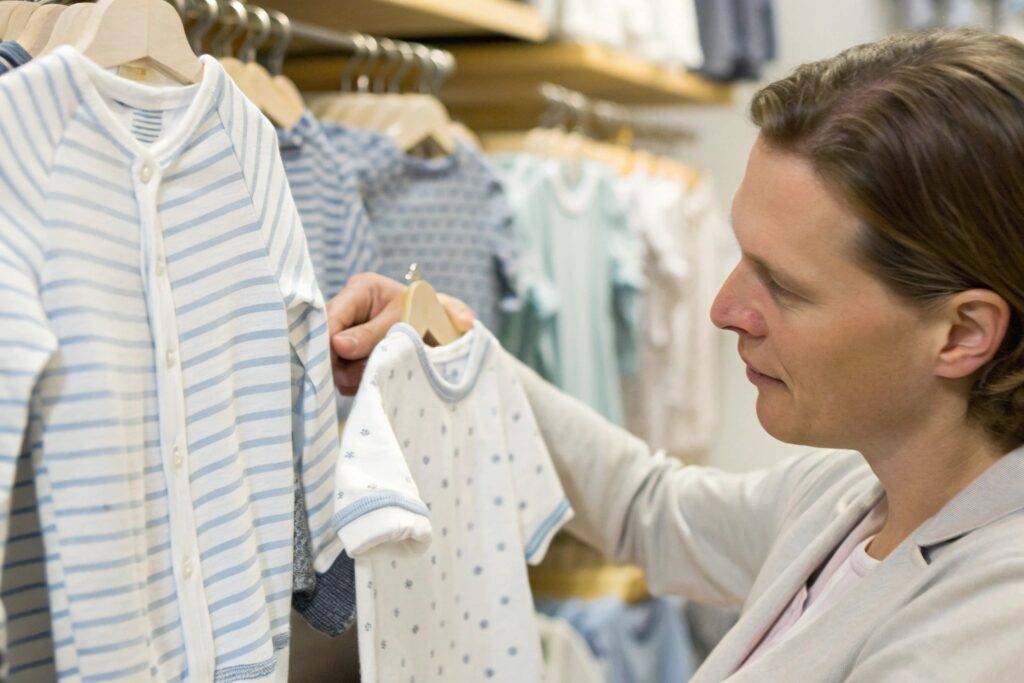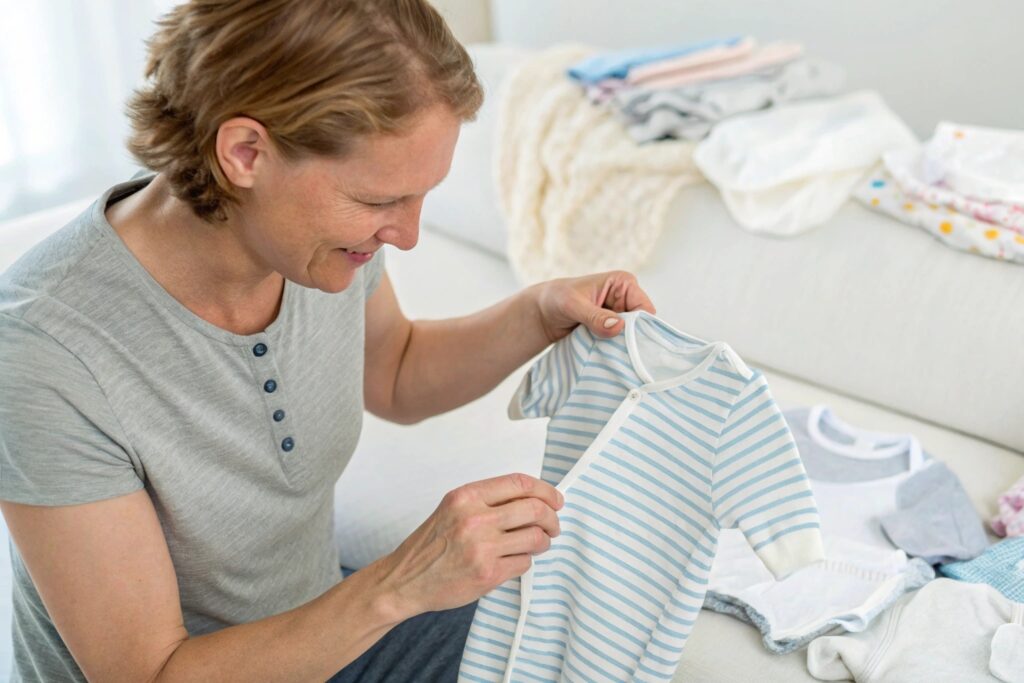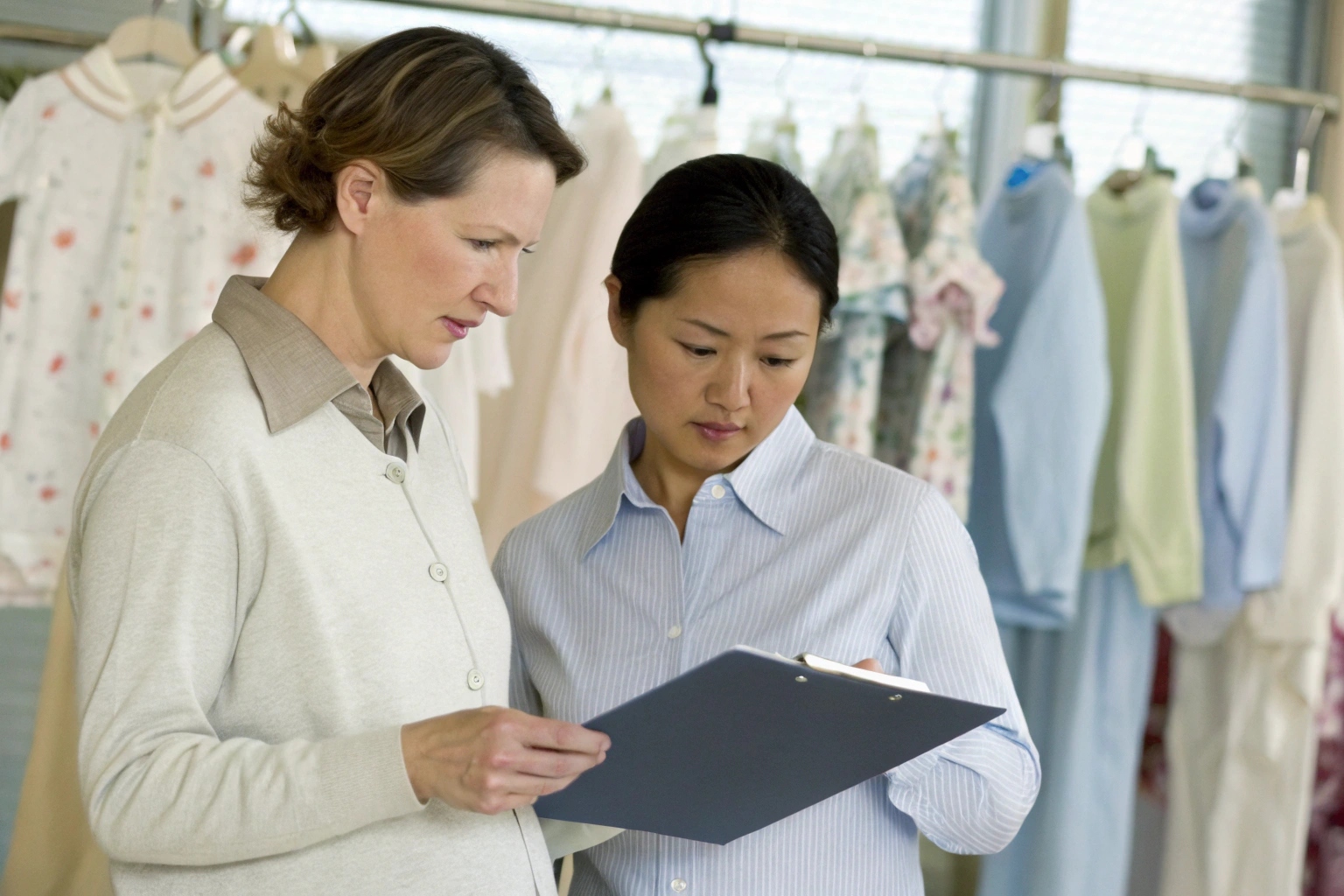Softness used to be the gold standard in baby clothing. But for today’s parents, it’s no longer enough. They want more than comfort—they want chemical safety and proof.
Modern parents look beyond fabric feel and demand verified safety through trusted certifications and compliance documentation in babywear.
This article explores why softness can’t replace science, and how brands can earn trust through verified safety.
Why Fabric Certifications Matter More Than Feel?
A shirt may feel soft to the touch—but softness doesn’t reveal what’s hiding beneath. That’s where fabric certifications come in.
Certifications like OEKO-TEX® and GOTS confirm that babywear is free from harmful substances—something softness alone can’t guarantee.

Why feel isn’t a safety test?
| Factor | Misleading “Softness” Clues |
|---|---|
| Chemical softeners | May feel silky but contain formaldehyde |
| Coated fibers | Smooth texture can mask toxic coatings |
| Unknown dye types | Softness doesn’t reflect safe dye usage |
| Unregulated imports | May skip testing entirely, despite texture |
Many uncertified garments pass the “touch test” but still release residues after washing, especially with sweat, saliva, or heat.
Fabric certifications go deeper—ensuring testing for:
- Formaldehyde
- Azo dyes
- Heavy metals
- Allergenic substances
- Skin pH compatibility
At Fumao, all babywear fabrics undergo OEKO-TEX® testing before production begins.
How to Tell If Babywear Is Truly Non-Toxic?
Marketing terms like “natural,” “eco,” or “non-toxic” can be vague or misleading. Verified safety requires real documentation.
To tell if babywear is truly non-toxic, check for certification labels, chemical test reports, and CPSIA-compliant tracking labels.

What signs to look for?
| Label or Document | What It Proves |
|---|---|
| OEKO-TEX® Standard 100 | Fabric, trims, and prints are chemical-free |
| GOTS Certification | Organic and responsibly processed fibers |
| CPSIA Tracking Label | U.S. compliance with lead and safety laws |
| Lab Test Report (e.g., SGS) | Confirms low/no chemical residues |
Avoid vague claims like:
- “Eco-friendly” with no label or lab test
- “Hypoallergenic” without fabric testing
- “Organic” that lacks GOTS or USDA Organic verification
If you’re a brand, make test reports part of your product page. If you’re a parent, ask suppliers for lab documentation before buying large quantities.
What Safety Standards Give Parents Peace of Mind?
Every region has different regulations, but high-quality babywear usually meets a common core of international safety standards.
Global safety standards like OEKO-TEX®, CPSIA, and EN 14682 ensure babywear is non-toxic, physically safe, and legally compliant.

Top safety standards and what they cover:
| Certification/Standard | What It Verifies |
|---|---|
| OEKO-TEX® | Tests for 100+ harmful chemicals in textiles |
| CPSIA (USA) | Lead, phthalate content, tracking labels |
| GOTS | Organic cotton, ethical production |
| EN 14682 (EU) | Drawstring and cord safety |
| REACH (EU) | Restricts dyes, finishes, chemical exposure |
These standards are not optional in most cases—they’re legal requirements for selling babywear in the U.S., U.K., and EU.
At Fumao, we include CPSIA tracking labels and test documentation with every shipment, so our clients can sell worldwide with peace of mind.
How Brands Can Prove Their Baby Clothes Are Safe?
Saying a product is safe isn’t enough anymore. Brands need to prove it—with documentation, clear labeling, and transparent sourcing.
Babywear brands can prove safety by publishing certifications, providing lab test results, and including CPSIA tracking labels on every product.

What smart brands are doing:
| Trust-Building Action | Why It Works |
|---|---|
| Show certification logos | Parents recognize OEKO-TEX®/GOTS symbols |
| Include tracking labels | Required by U.S. law, builds trust |
| Share lab results online | Adds transparency and proof |
| Use clear fabric descriptions | Avoids vague terms like “natural” |
| List country of origin | Shows ethical sourcing and accountability |
Add safety to your product detail pages:
- "Made with OEKO-TEX® certified cotton"
- "Tested for lead, phthalates, and harmful dyes"
- "Meets CPSIA and REACH safety standards"
We help our partner brands build compliance folders, digital hangtags, and website banners that prove safety—without needing legal teams or extra staff.
Conclusion
Softness is important, but it’s no longer enough. Today’s parents expect proof that babywear is free from toxins, legally compliant, and skin-safe. Brands that deliver verified safety—not just comfort—will win trust, loyalty, and long-term success.










